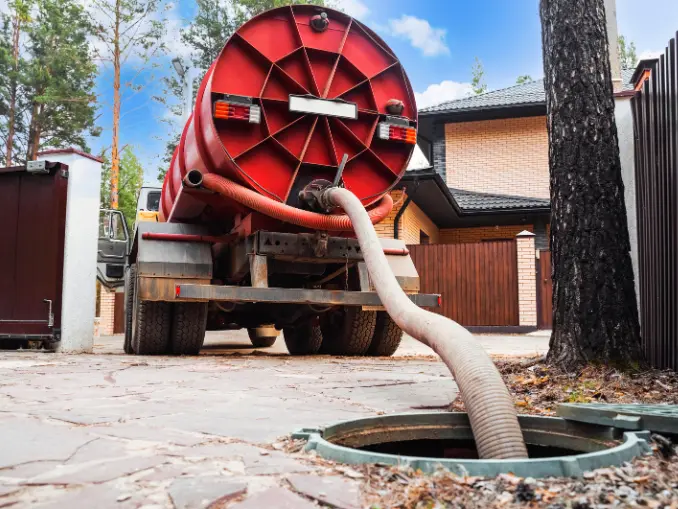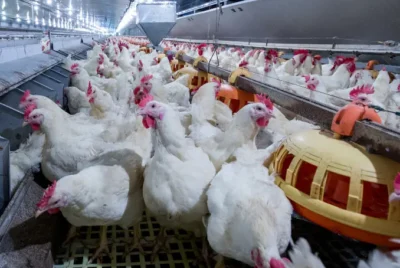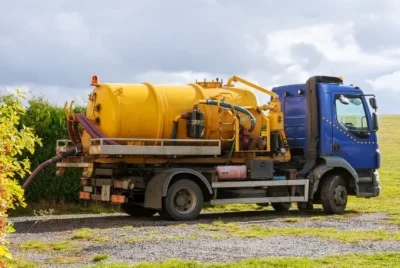What is a Septic Tank? Purpose, Maintenance, and Functionality
Dealing with a septic tank can be tricky for people who live in places without city sewers. A septic tank is a big underground tank that cleans the dirty water from your house. It’s important because it stops bad stuff from getting into the ground.
But, if you don’t take care of it the right way, like not checking it often or flushing things you shouldn’t, it can cause big problems like smells, pollution, and costly fixes.
This short guide will help you understand what a septic tank does, why it’s important to keep it working well, and how to do it without stress.
What Is a Septic Tank and How Does it Work?
A septic tank is a large, underground container used for treating wastewater in areas where a centralized sewage system is not available, such as in rural locations. It’s typically made of concrete, fiberglass, or plastic. Wastewater from household plumbing fixtures (like toilets, showers, and sinks) flows into the tank.
In the tank, solids settle to the bottom to form sludge, while oils and grease float to the top as scum. The middle layer of partially clear water, or effluent, then flows out of the tank into a drain field or leach field, where it is further filtered through the soil.
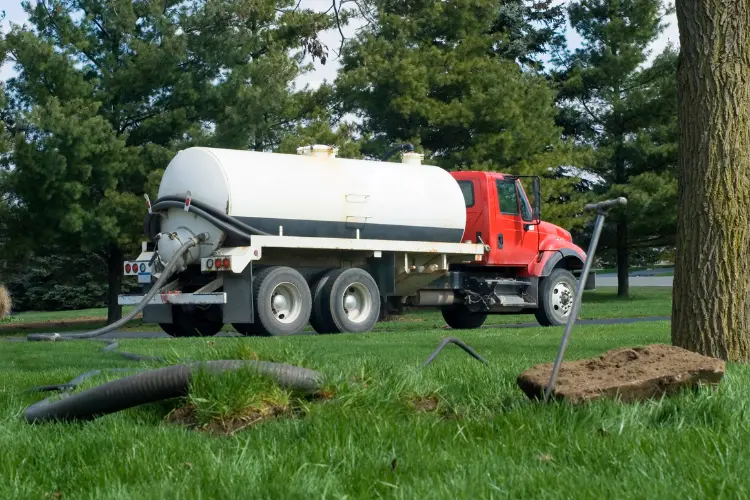
What Are the Parts of a Septic System?
Drain Line
The drain line is the primary conduit for all household wastewater, directing it from the home’s plumbing fixtures to the septic tank.
Septic Tank
A buried container that receives all wastewater from the drain line. It separates solid waste, which settles at the bottom, from liquids, which are transferred to the drain field. The tank also facilitates the breakdown of solid waste by bacteria.
Drain Field
Also known as a leach field, this area receives effluent from the septic tank and disperses it through a series of perforated pipes laid in gravel trenches.
Distribution Box
A component that evenly distributes wastewater from the septic tank to the drain field, ensuring that all parts of the field are utilized equally to prevent overload and system failure.
Soil
The final layer of treatment for the effluent, where soil microbes remove harmful bacteria, viruses, and nutrients from the wastewater.
Read also: Types of Septic Systems: Choosing the Best Option for Your Property
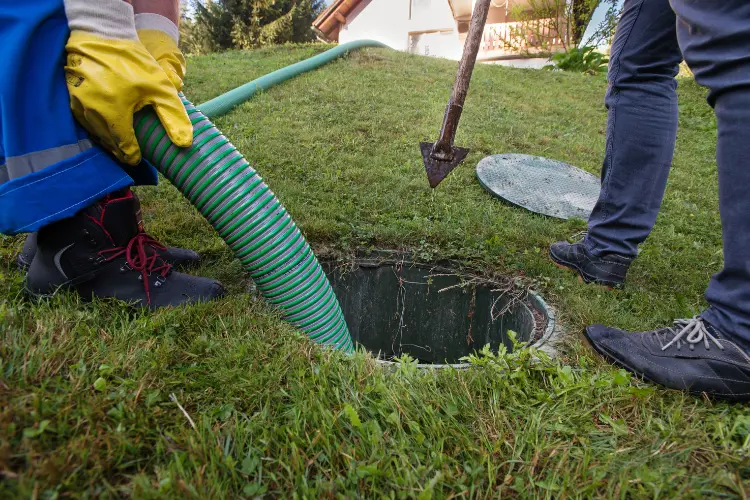
What Are the Purpose of a Septic Tank System
- Wastewater Treatment: Septic systems treat household wastewater by separating solids, allowing natural processes to break down organic matter, and reducing harmful pathogens before discharge.
- Solids Removal: The septic tank traps solids, preventing them from clogging drainage fields and ensuring efficient treatment of the effluent.
- Decomposition of Waste: Anaerobic bacteria break down organic material in the septic tank, reducing waste volume and converting it into safer byproducts.
- Effluent Dispersion: Treated effluent is dispersed into the drain field, where further treatment occurs as it percolates through soil layers.
- Protection of Public Health and Environment: Septic systems prevent groundwater, surface water, and land contamination.
- Self-Sufficiency: Septic systems offer a decentralized solution for wastewater management, especially in rural or semi-rural areas without access to centralized sewage treatment facilities.
How to Maintain Your Septic Tank?
- Monitor What Goes In: Be mindful of what you flush or pour down your drains. Avoid disposing of non-biodegradable items like baby wipes, feminine hygiene products, and other similar items in the toilet. These can cause blockages and impair the system’s functioning. Also, limit the use of harsh chemicals that can kill the beneficial bacteria in the tank.
- Promote Bacterial Health: The bacteria inside your septic tank play a vital role in breaking down solid waste. If a professional recommends not overusing antibacterial products and occasionally using a septic tank additive designed to boost bacterial populations.
- Regular Inspections and Pumping: Have your septic tank inspected by professionals at least every 1 to 3 years to check for any potential issues. Keeping sludge levels below 30% of the tank’s capacity is essential to prevent overflow and damage to the drain field.
- Conserve Water: Reducing overall water usage can prevent overloading your septic system. Fix leaks promptly, install water-efficient fixtures, and avoid running multiple water-intensive appliances simultaneously.
- Protect the Drain Field: To avoid damage, the area around your septic tank and drain field should be clear of heavy machinery and construction. Also, avoid planting trees or deep-rooted plants near the system, as roots can cause blockages or damage.
- Be Mindful of Drain Field Load: Do not drive over or park on the drain field. Excessive weight on the ground above can compact the soil and damage the pipes, impairing the system’s ability to filter water.
Read also: Septic Tank Alarm System: What Those Sounds Mean for Poultry Owners
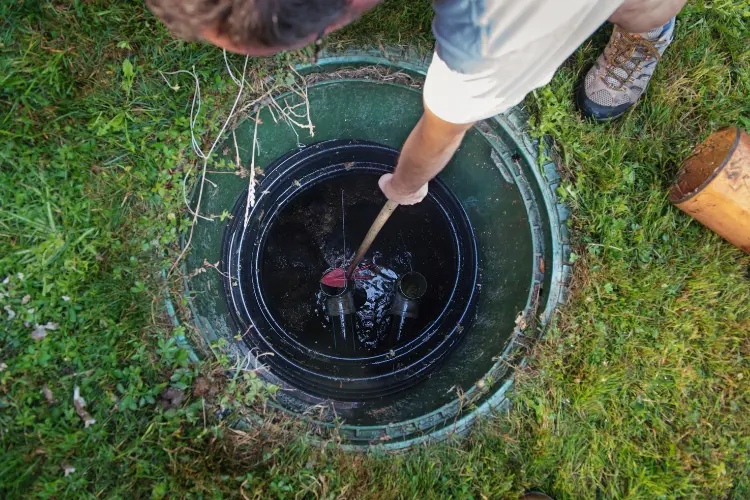
Understanding Septic Tanks
A septic tank is more than just an alternative to municipal sewage systems; it’s an efficient, self-contained wastewater treatment solution. However, its efficiency and longevity heavily depend on proper use, regular maintenance, and a good understanding of its functionality.
By respecting and maintaining their septic systems, homeowners can ensure the health of their household and the surrounding environment for years to come.

